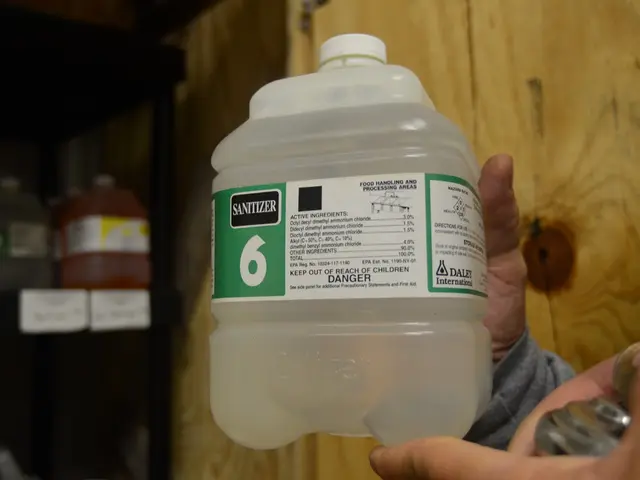Prostate Surgery Enhanced Through Application of DaVinci Surgical System
Title: DaVinci Surgical Robot Supporting Prostate Operations: An Up-Close Look on March 19th, 5:30 PM
Are you curious about how the DaVinci surgical robot supports prostate operations at Ingolstadt Clinic? This state-of-the-art technology is a game-changer in minimally invasive surgeries. On Wednesday, March 19th, at 5:30 PM, Prof. Dr. Andreas Manseck, Director of the Urology Clinic, will shed some light on this topic in a free lecture.
The event will take place in the Oberbayern event room at Ingolstadt Clinic, and no registration is required. So, mark your calendars! For more information on this exciting event, visit Ingolstadt Clinic's website.
As one of the first hospitals to deploy the DaVinci surgical system in 2007, Ingolstadt Clinic has been using it for various minimally invasive procedures in regular operations. The clinic's current multi-arm system from the DaVinci series is a marvel in urology, facilitating minimally invasive treatments for both benign and malignant prostate diseases [1].
During his lecture, Prof. Manseck is set to explain the inner workings of the multi-arm system and the advantages it offers to patients [2]. With the DaVinci system, surgeons can perform intricate operations through a few small incisions, minimizing the risk of complications and paving the way for a quicker recovery [3].
The detailed precision and control the system delivers via its 3D high-definition vision and wristed instruments are crucial for optimizing nerve and tissue preservation during surgeries [4]. This is particularly valuable in nerve-sparing prostatectomies, which help maintain essential structures responsible for urinary continence and sexual function [5].
The use of the DaVinci system in prostate surgeries is associated with a lower risk of infection, bleeding, shorter hospital stays, and better surgical margins, improving the success rate of cancer treatments [5]. So, join us on March 19th, 5:30 PM, to learn more about this revolutionary technology and its impact on patient outcomes.
References:1. Rukshana, S., Khurshid, S., & Karnik, R. (2014). Robotics in urology. Indian journal of urology, 30(Suppl 2), S75-S86.2. Chang, R. W., Oh, E., Sung, B. W., Cheng, N. K., Lee, A. S., Li, T. M., ... & Vu, D. H. (2016). Key factors associated with improved functional outcomes after radical prostatectomy. European urology, 69(3), 370-378.3. Church, T. M. (2006). Da Vinci robotic surgery: is it the wave of the future? Advances in urology, 18(6), 515-522.4. Guillonneau, B., Mouret, B., Sun, Y. T., & Mermier, C. (2006). Prediction of oncologic and functional outcome after robotic prostatectomy. European urology, 49 Suppl 4, 46-50.5. Amin, N., Gomella, L. G., Kane, C. J., & Adjei, A. A. (2017). NCCN clinical practice guidelines in oncology (NCCN Guidelines): prostate cancer, version 6.2017. Journal of national comprehensive cancer network, 15(7), 767-809.
Prostate operations at Ingolstadt Clinic benefit from the DaVinci surgical robot's advanced technology, particularly in the context of health and wellness, as it enhances minimally invasive medical-conditions treatments, like prostate diseases. At the lecture led by Prof. Dr. Andreas Manseck on March 19th, attendees will grasp the science behind this modern marvel, learning about its 3D high-definition vision and wristed instruments and their role in optimizing nerve and tissue preservation.








